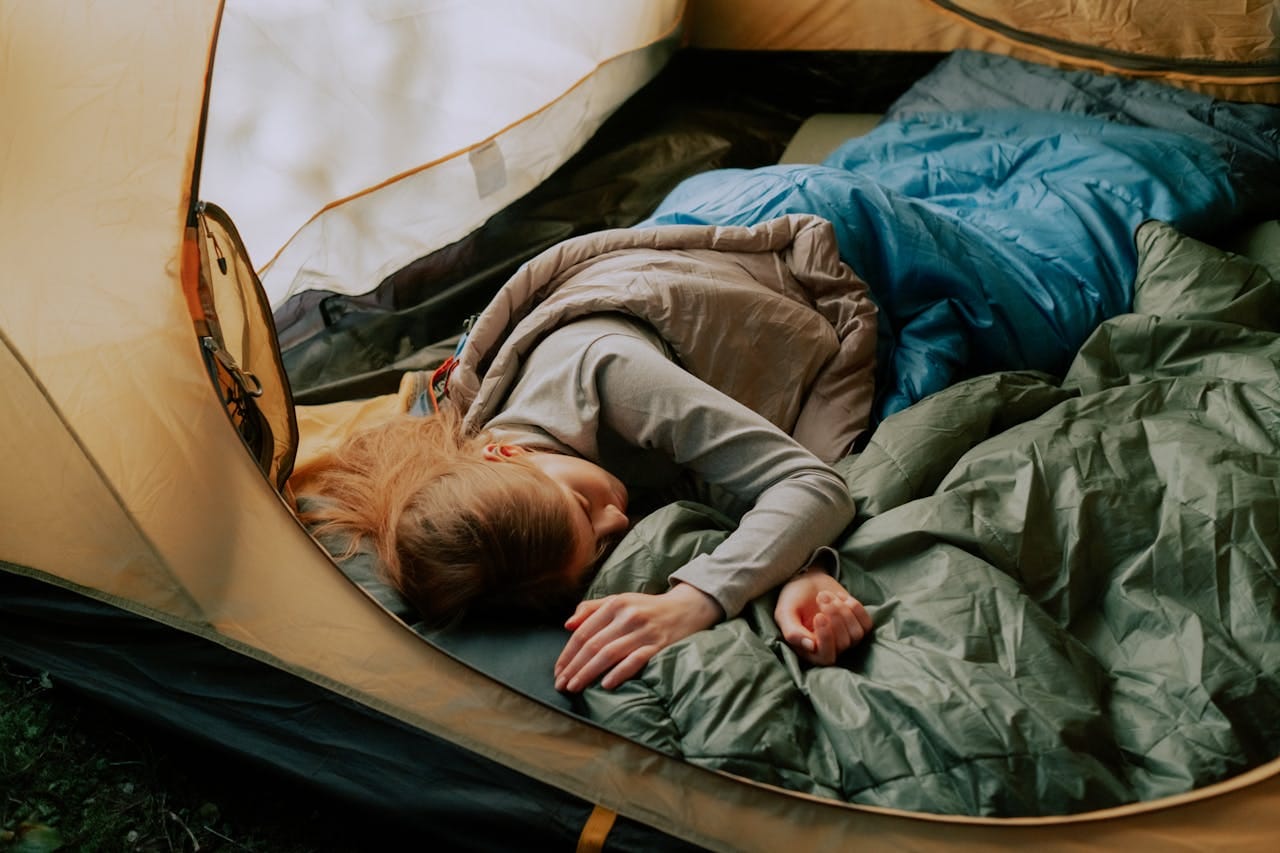Choosing the right sleeping bag can make or break your outdoor adventures. Whether you’re camping in mild weather or trekking through snow-covered mountains, the right sleeping bag ensures you stay comfortable and safe. Here, we’ll break down the key factors to consider so you can confidently select the best sleeping bag for your needs.
Understand Your Needs
The first step to choosing the best sleeping bag is understanding your specific needs. Are you planning a summer camping trip, or will you be camping in colder temperatures? The environment you’ll be in, your preferred sleeping style, and the bag’s weight and portability are critical factors to keep in mind.
Key Considerations for Choosing a Sleeping Bag
1. Temperature Rating
Sleeping bags come with a temperature rating that indicates the lowest temperature at which they’ll keep you warm. Pay close attention to these ratings:
- Summer Bags: Ideal for temperatures above 35°F.
- 3-Season Bags: Suitable for 20–35°F, covering spring, summer, and fall camping.
- Winter Bags: Designed for below 20°F, often used for alpine or snow camping.
Remember, these ratings assume you’re using a sleeping pad for insulation underneath and wearing appropriate clothing. If you run cold, consider choosing a bag with a lower temperature rating for extra warmth.
2. Insulation Type
The type of insulation plays a major role in warmth, weight, and packability. You’ll encounter two main types:
- Down Insulation:
- Pros: Lightweight, highly compressible, and extremely warm.
- Cons: Loses warmth when wet unless treated with water-resistant coatings.
- Synthetic Insulation:
- Pros: Retains warmth even when wet, dries quickly, and is generally more affordable.
- Cons: Bulkier and heavier compared to down.
For damp environments or those on a budget, synthetic may be the way to go. However, for those looking to minimize weight for backpacking, down insulation often proves superior.
3. Shape and Fit
Sleeping bags come in several shapes, each catering to different needs:
- Mummy Bags: Snug fit with a hood for maximum heat retention, best for cold-weather camping.
- Rectangular Bags: Roomier and more comfortable for casual camping but less effective at retaining heat.
- Semi-Rectangular Bags: A compromise between mummy and rectangular shapes, offering more space without sacrificing too much warmth.
When selecting a bag, make sure it fits your body type snugly but comfortably to optimize insulation. If you’re taller or broader, look for specialized sizes.
4. Weight and Packability
For backpackers, weight and pack size are crucial. Down bags usually win in this category due to their superior warmth-to-weight ratio and compressibility. Synthetic bags, while heavier, can be a better choice for car camping or short trips.
5. Additional Features
Consider these features to enhance your comfort and convenience:
- Zipper Length: Full-length zippers offer ventilation, while shorter zippers minimize weight.
- Hood and Draft Collar: Essential for colder conditions to keep heat from escaping.
- Pockets: Handy for storing small items like a phone or headlamp.
Matching the Sleeping Bag to Your Activity
Backpacking
When backpacking, weight and compressibility take priority. A lightweight down sleeping bag with a compact stuff sack can make long hikes more manageable.
Car Camping
For car camping, comfort is king. A rectangular synthetic sleeping bag offers more space and comfort, perfect for a relaxing weekend outdoors.
Winter or Alpine Camping
In extreme conditions, a mummy-style bag with a low-temperature rating and high-quality down insulation is essential. Look for models with water-resistant coatings to protect against condensation and frost.
Caring for Your Sleeping Bag
Proper care extends the life of your sleeping bag. Always store it loosely in a breathable storage sack rather than compressed in its stuff sack. Wash it occasionally following the manufacturer’s instructions, and ensure it’s thoroughly dry before storage to prevent mold and odors.
Conclusion
Choosing the best sleeping bag requires balancing your specific needs with the bag’s features. Whether you prioritize warmth, comfort, weight, or packability, there’s a sleeping bag out there tailored for your adventures. By considering factors like temperature rating, insulation type, and activity-specific needs, you’ll be well-equipped to find your perfect match. For more insights into outdoor gear, check out REI’s expert advice on sleeping bags.
Happy camping—and stay cozy out there!

